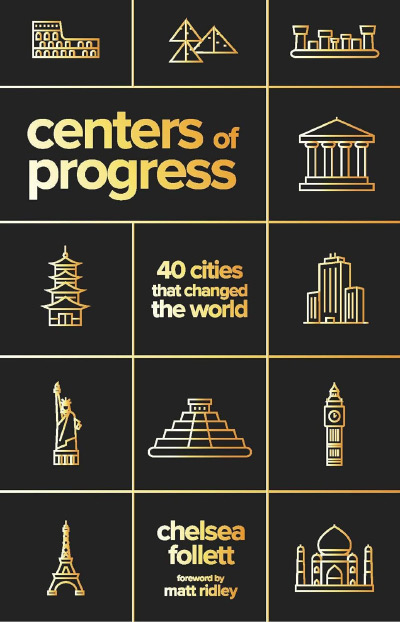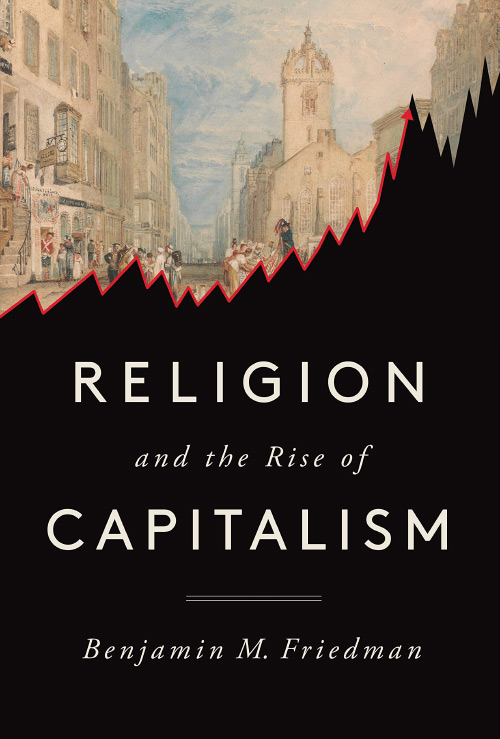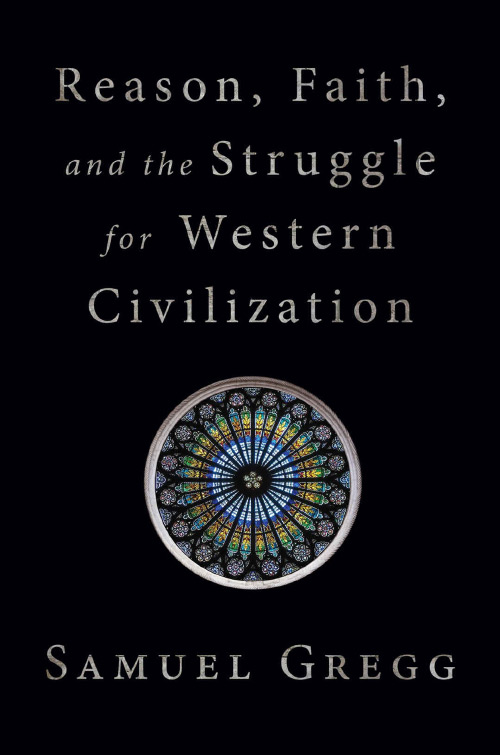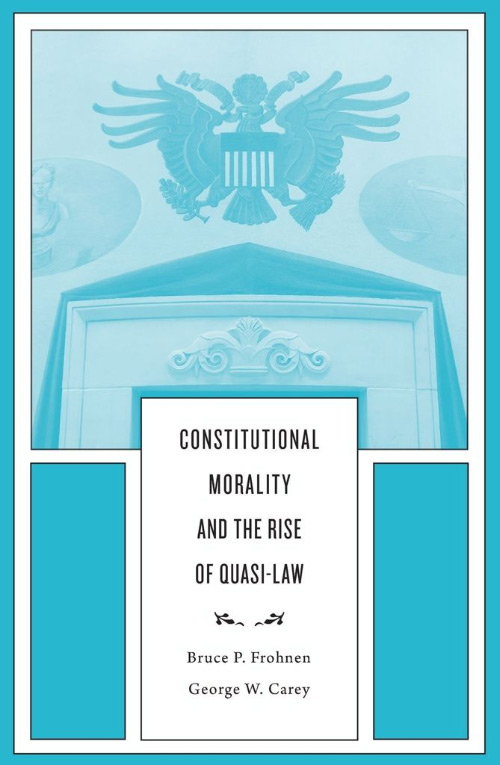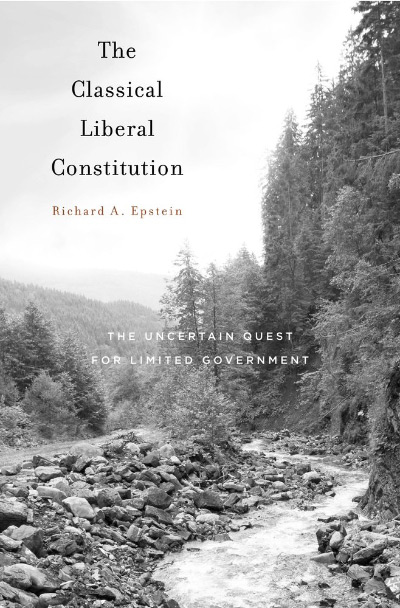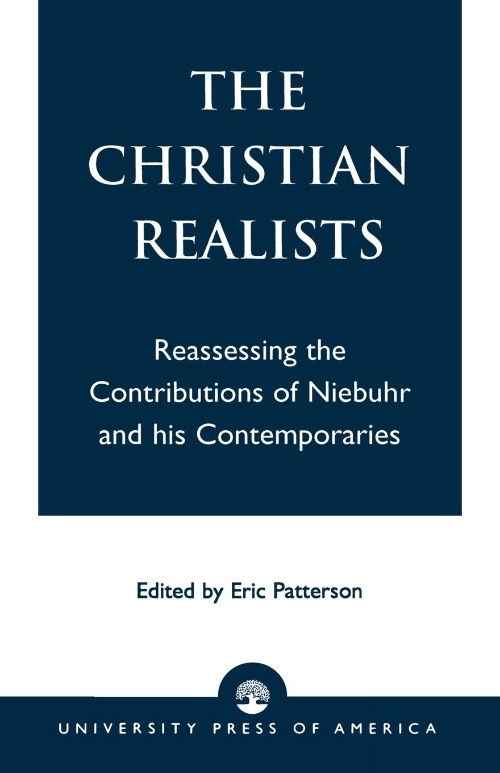Cities are contested grounds, in almost every way. Folks on the left see cities as the fruit of planning and centralization, with zoning, regulation of traffic, and mandates for mass transit as the key features that make things work. Classical liberals tend to see cities as “emergent” rather than planned phenomena. Some see limits on planning as the key to success (Jane Jacobs), or the explicit latitude to write innovative labor contracts or housing deals (Alain Bertaud, Edward Glaeser, Paul Romer), as the key to cities’ success.
The truth is that cities are complex, and no one account or explanation accounts for all the differences that we come across locations, or over time. In a way, that observation is the starting point for Chelsea Follett’s interesting and informative new book, Centers of Progress. She considers forty cities that range from Jericho, beginning with origins of agriculture—and the need to defend accumulation with a wall—about 9,000 years ago, to San Francisco and the digital revolution today.
Each city is unique, the accretion of physical and cultural path dependence, developing from the partly random, partly emergent, and partly planned aspects of growth. The argument of the book is that there is in fact such a thing as “progress,” that the human world has in fact made progress, on a scale that is mind-boggling when viewed in the aggregate, and that this progress has surprisingly often been concentrated in specific locations that can usefully (and accurately) be identified as “cities.”
The very idea of progress is controversial in some arenas; this is plausible, given the prevalence of ethnocentric, racial superiority explanations for innovation and growth in much of the nineteenth and early twentieth century “scientific” literature. The fervent belief of Progressives in the “science” of eugenics, and the aggressive implementation of that kind of “improvement” in many social programs in Western nations, is enough on its own to nurture progress-skepticism.
Follett looks to explain a basic fact: social change is constant, but progress is not. The decline of great societies centered on the cities in her account is the flip side of the story of progress. But decline, like entropy in physical systems, is the default, the background process by which order becomes disorder. The phenomenon to be explained is progress, both because it is unusual and because it is (for the most part, for most people) desirable.
That raises the problem of defining progress, of course. There is a particular perspective, common in, but not restricted to, some forms of classical conservatism, which see change as per se harmful. As Follett puts it:
Many intellectuals and everyday people alike embrace this “declension narrative” of history. They see history as a lengthy tale of decay since some lost, idealized golden age in the past, while dismissing the overwhelming evidence of progress (p. 3).
This atavistic desire to “preserve” is constantly at war with a more reasoned desire to “progress,” and many of the problems of modern cities are the product of this dialectic. Even San Francisco, the most “progressive” of cities—politically and in terms of innovation—faces the problem of rich white liberals fighting desperate rear-guard actions to avoid having to live near poor people or having their neighborhoods “change” in some way.
Follett sees cities, or at least the progress-forward cities in her book, as great classrooms, where learning and debate are constant and in fact unavoidable. But progress is not inevitable, requiring three preconditions to have a chance, and then needing some additional spark to take off. The preconditions, according to Follett, are:
- Peace, and the expectation of peace in the near future.
- Large and concentrated population, both providing complex labor markets and markets for products.
- The freedom to innovate, and cultural acceptance of adaptation, even when it is disruptive.
Follett illustrates the importance of these three factors and shows how different cities in her account made use of their assets at different times. In no case were the paroxysms of progress discussed here “planned,” but then neither were any entirely spontaneous. The rules and morphology of cities are always at least in part “laid on,” or imposed. The trick is to impose rules that foster, or at least allow, adaptation and innovation, operating more as infrastructure than as direction.
A book about forty cities, over a period of 9,000 years, is bound to seem episodic, with abrupt jump-cuts across place and time. But Follett handles the account well, and there are quite a few cities about which I knew almost nothing before reading the book. The story works taken as a whole, but it also works for the reader interested in a particular city, or a particular innovation.
Some of the identifications are amusingly narrow (Florence invented “Art,” and Vienna invented “Music”), but Follett’s tongue is firmly in her cheek on these matters. She is not claiming that such things originated in the cities she discusses; rather, there was a point in time at a particular place where astonishing progress was made. And the world has never been the same.
| Other Independent Review articles by Michael C. Munger | ||
| Summer 2024 | Secret Government: The Pathologies of Publicity | |
| Spring 2024 | Following Their Leaders: Political Preferences and Public Policy | |
| Spring 2024 | The Origins and Evolution of Consumer Capitalism; Crack-Up Capitalism | |
| [View All (80)] | ||



